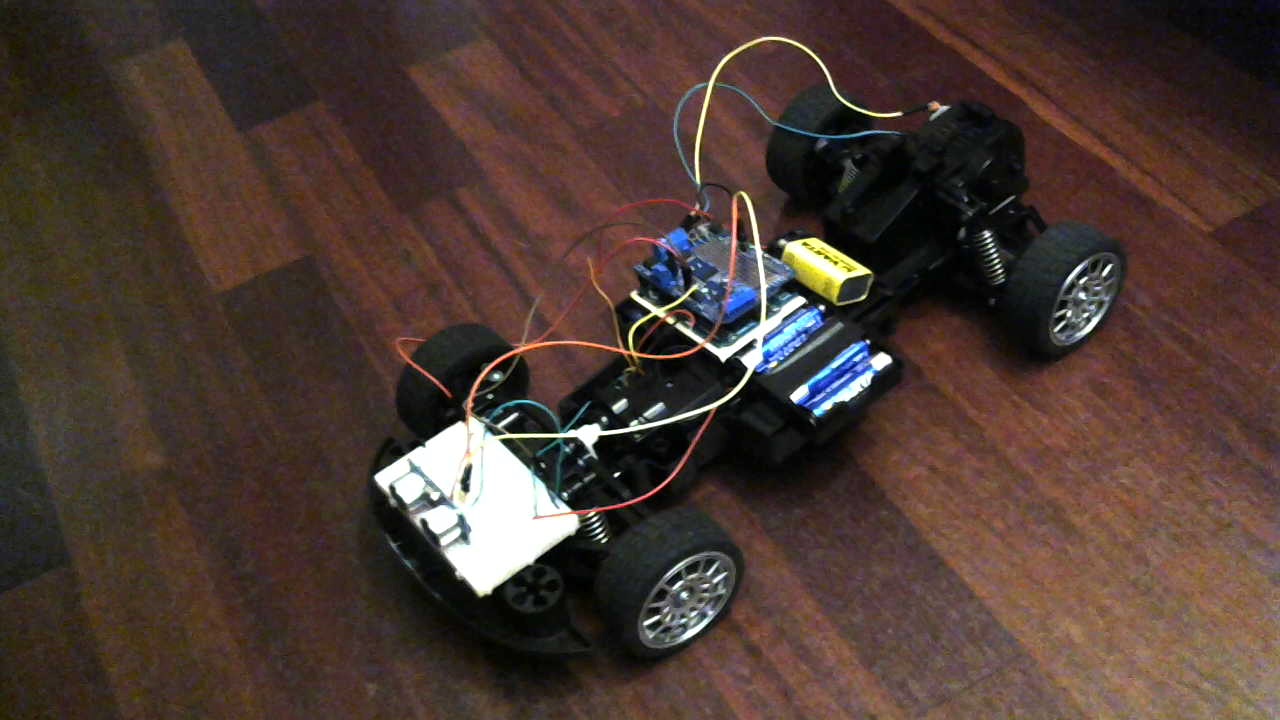I have the Arduino Uno and the Adafruit Motor Shield, and they are powered by separate power supplies.
- I want my toggle switch to turn on and off those two, I would appreciate if someone post a picture with the hardware connection and whatsoever, followed by a brief explanation.
What kind of batteries should I use to power the Arduino and to power the motor Shield?
When I was powering both with the same battery, my ultrasonic distance sensor wasn't getting correct results when the motor was enabled, why is that?
(Probably it's obvious that I'm not an expert on the subject, I'm actually just starting to learn this kind of stuff, so I would appreciate if you guys could keep it simple).
This is a picture of what I'm trying to do:


